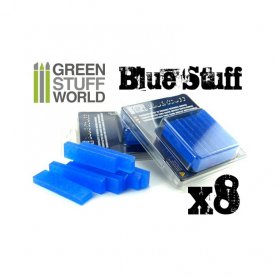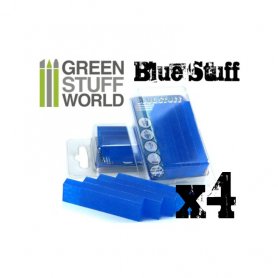What Are Casting Resins and What Are They Used For in Scale Modeling?
Casting resins are specialized chemical compounds, most commonly two-part resins (such as polyurethane or epoxy), that harden after being mixed and poured into a mold to create a precise and durable cast. They are widely used in scale modeling, allowing hobbyists to create custom parts from scratch, replicate existing components, or repair damaged models. With these resins, you can create your own figures, weaponry elements, diorama details, vehicle accessories, or terrain pieces. Casting resins allow for the creation of highly detailed casts that faithfully replicate the intricate details from a silicone mold. Once cured, the finished part can be easily worked—sanded, cut, drilled, and then painted to achieve the desired effect, such as an imitation of metal, stone, or wood.
How to Choose and Use Casting Resin?
The process of working with casting resins is straightforward but requires precision. The foundation of the process is preparing a mold, typically made from modeling-grade silicone. Next, carefully measure and mix the two resin components (usually labeled A and B) according to the manufacturer's specified ratio. Once a uniform mixture is achieved, pour it into the mold and leave it to cure. Curing time (which includes the 'pot life' of the mixture and the time for a full cure) is a key parameter to consider when selecting a product. Fast-curing resins allow for the rapid creation of multiple copies, while those with a longer 'open time' provide more time to carefully fill intricate molds. It's also important to check the product's viscosity. Low-viscosity resins flow more easily into fine details and self-degas, minimizing the risk of air bubbles in the final cast. Always remember to work in a well-ventilated area and use personal protective equipment (PPE), such as gloves.








